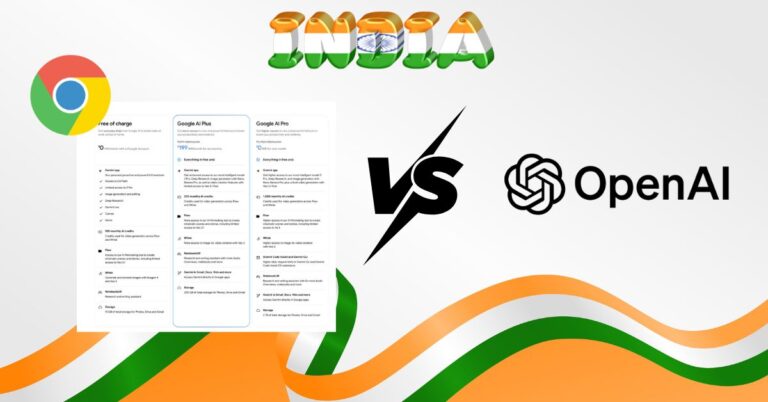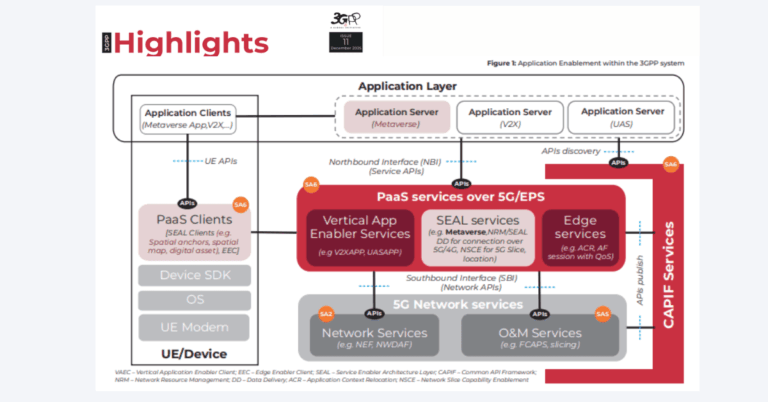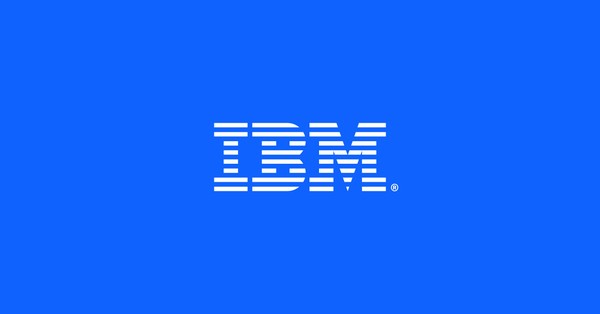Why Vodafone’s GenAI RIC matters for 5G Open RAN now
Vodafone and Zinkworks are building a generative AI platform to accelerate RAN application development across Europe, signaling a shift toward software-driven, AI-led network operations.
Vodafone–Zinkworks Rapid RIC announcement
Vodafone is partnering with Irish firm Zinkworks on Rapid RIC, a central platform that blends secure data analytics, a visual low-code interface, and code-generating AI to create and operate RAN applications, or rApps. The goal is ambitious but specific: cut time-to-market from months to weeks, scale deployments across markets, and improve service quality, capacity, and energy use. The platform is slated for early 2026 availability and will run primarily on Vodafone’s private Google Cloud Platform environment. Vodafone plans to own the platform and also provide validation and monitoring services, and potentially resell certain rApps to other operators.
5G Open RAN and RIC strategic context
5G networks are increasingly software-defined and distributed, but their operations still depend on scarce cross-domain skills. The Open RAN model, and the O-RAN Alliance’s RAN Intelligent Controller framework, promise programmable control loops via rApps (non-real-time) and xApps (near-real-time). What has held back adoption is the complexity of building, testing, and integrating these apps at carrier scale. At the same time, energy costs and sustainability targets are pressing, while customer experience expectations are rising in both dense urban and underserved rural areas. This is the backdrop for Rapid RIC.
What’s different about Rapid RIC and GenAI
Rapid RIC uses GenAI to generate production-grade code from visual designs, enabling radio engineers to turn domain knowledge directly into software without deep AI or ML skills. It also brings a pragmatic validation layer: an AI-driven simulator to test rApps before deployment, aiming to avoid the cost and complexity of a full digital twin while providing better feedback than static data lakes. Multi-market rollout is designed in from day one through a private cloud foundation, with integrated observability to ensure reliability and performance once rApps go live.
Inside Rapid RIC: architecture, use cases, timeline
The platform targets the non-real-time RIC layer defined by O-RAN, aligning with operator needs for policy-driven, closed-loop optimization at scale.
Architecture and tech stack for the Non-RT RIC
Rapid RIC combines a drag-and-drop interface and code generation with Vodafone’s secure data “ocean” on GCP to design, test, deploy, and monitor rApps. The approach abstracts model training, data preprocessing, and infrastructure management to lower the barrier for domain experts. It embeds real-time performance monitoring and reliability checks for rApps, and it is engineered for simultaneous multi-market rollout. Expect integration points with existing SMO stacks and vendor RAN elements via O-RAN interfaces as deployments mature.
Early rApp use cases and KPIs
Two rApps are in development at Vodafone’s Málaga R&D center. The first targets energy optimization by safely disabling idle connections and ensuring timely reactivation to avoid coverage gaps. The second applies machine learning to tune radio parameters that are typically left at defaults, boosting coverage and capacity without manual interventions. Both are classic closed-loop automation candidates with measurable impact on OPEX and customer experience.
Delivery timeline, scale, and commercialization
Vodafone expects the platform to be operational in early 2026, with an internal roadmap indicating 60 to 70 percent faster development cycles and feature delivery in three to four weeks. Because Rapid RIC runs on a private cloud, rApps can be promoted across countries consistently with shared governance and observability. Vodafone also signals an intent to commercialize select capabilities, including validation and monitoring services, and potentially rApps such as network slicing policy control.
Risks, constraints, and validation for telco GenAI
AI-generated control software for national networks demands strict guardrails, interoperability, and lifecycle discipline.
Safety, compliance, and human-in-the-loop controls
The simulator-first validation approach is sensible, but operators should define clear promotion gates from sandbox to lab to pilot to production. Enforce policy constraints to prevent unsafe parameter changes, require rollback and kill switches, and maintain human-in-the-loop oversight for high-risk actions. Ensure change records and audit trails meet regulatory and security expectations across markets, including lawful intercept and emergency services obligations.
Data and model governance for RAN telemetry
RAN telemetry is sensitive, and market-by-market data residency rules apply. Establish lineage, access controls, and anonymization where needed. Monitor model drift and accuracy, and set thresholds for retraining or disabling rApps. Treat code-generating models as part of the software supply chain, with vulnerability scanning, SBOMs, and continuous compliance checks to reduce exposure from AI-produced code.
O-RAN interoperability and multi-vendor scale
Open RAN environments remain heterogeneous. Validate that rApps adhere to O-RAN specifications for the Non-RT RIC and integrate cleanly through the SMO and E2 interfaces with multiple vendor stacks. Expect variance in vendor implementations and plan for conformance testing, phased rollouts, and per-market tuning. Build a certification playbook that vendors can follow to qualify for the platform.
Impact on operators, vendors, and hyperscalers
Rapid RIC accelerates the shift from bespoke engineering to reusable, app-based automation factories for the RAN.
Guidance for operators adopting rApps
Start by mapping high-value closed-loop use cases where telemetry is rich and KPIs are clear, such as energy savings, interference mitigation, and anomaly resolution. Stand up a cross-functional platform team spanning RAN, cloud, security, and data, and implement CI/CD for rApps with staged environments and canary releases. Define governance policies, approval workflows, and observability baselines before scaling. Align procurement and vendor contracts to require O-RAN compliance and expose the necessary interfaces for rApps to act.
Guidance for vendors and hyperscalers
RIC-aligned APIs and reference implementations will be differentiators as operators industrialize rApp pipelines. Offer conformance artifacts, robust telemetry hooks, and sandbox images to speed certification. Hyperscalers should emphasize secure private cloud patterns, low-latency data pipelines, and integrated model governance. Expect new commercial models around rApp marketplaces, validation-as-a-service, and managed observability.
What to watch through 2026 for RIC and rApps
Execution will hinge on proof that GenAI can safely compress build-test-deploy cycles while improving KPIs at scale.
Milestones and field results to track
Look for field results from the first two rApps, including quantified energy savings, reactivation behavior, and radio performance improvements. Track multi-market deployments, integration depth with mixed-vendor RANs, and the introduction of additional rApps targeting congestion, mobility robustness, and slicing optimization.
Industry ripple effects and standardization
Competitor operators will likely accelerate their own RIC roadmaps, and O-RAN Alliance profiles may tighten around rApp portability and testing practices. Expect activity from systems integrators, Telecom Infra Project workstreams, and cloud providers as they productize validation pipelines and governance toolchains for RAN automation.
Metrics that matter for RIC and 5G performance
The scoreboard is straightforward: development cycle time, mean time to detect and resolve incidents, site energy consumption per traffic unit, cell availability, spectral efficiency, and customer experience indicators such as throughput and call success rates. If Vodafone and Zinkworks can move these at scale, Rapid RIC will mark a step-change in how 5G networks are built and run.








































